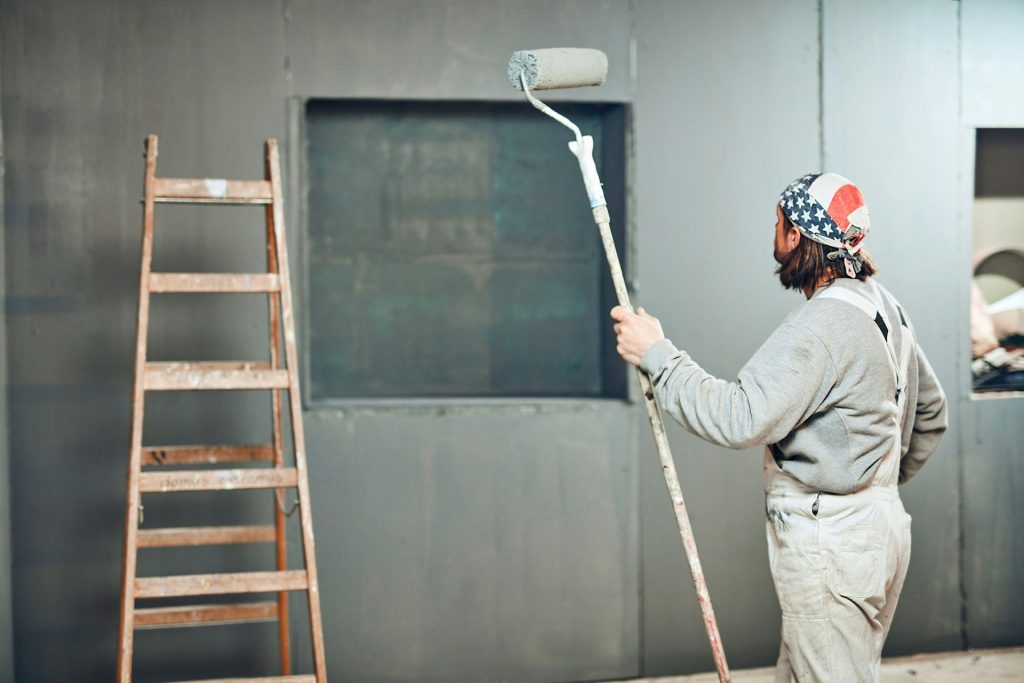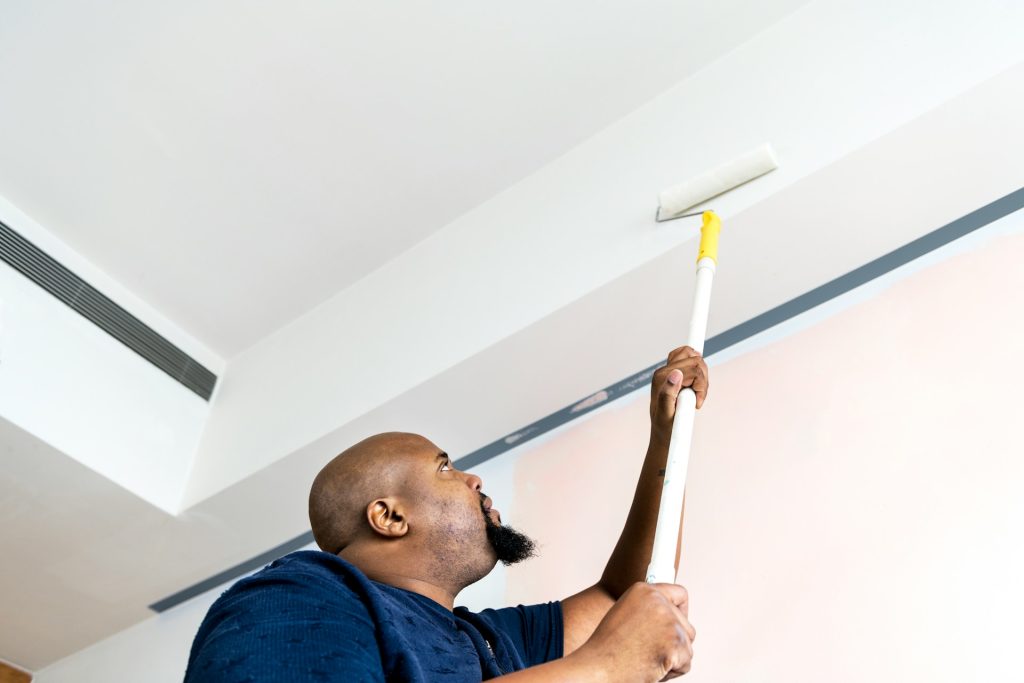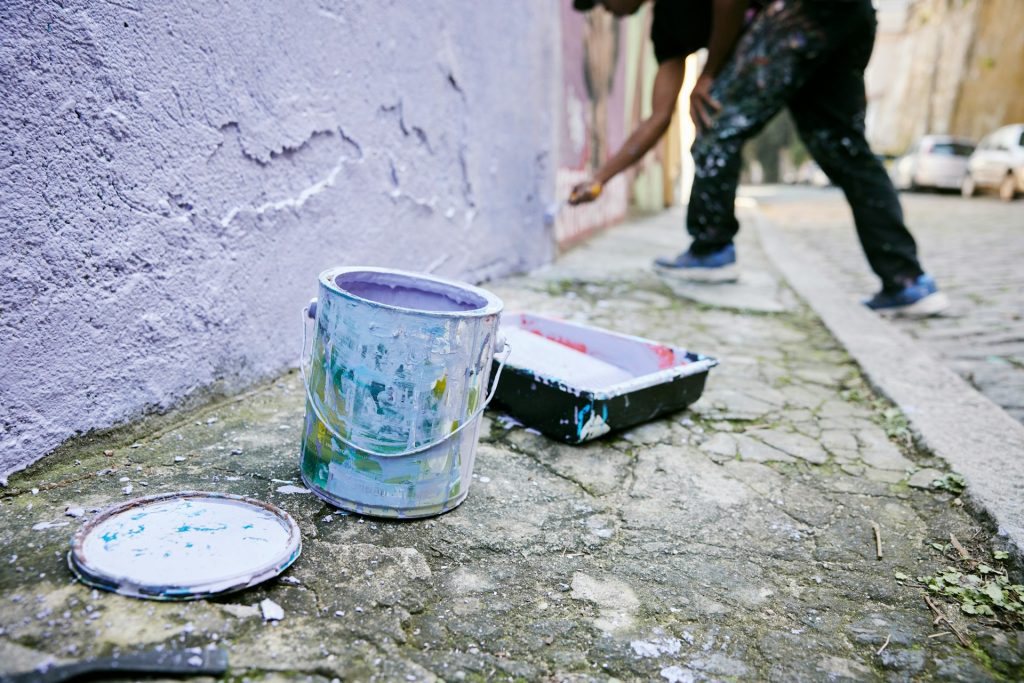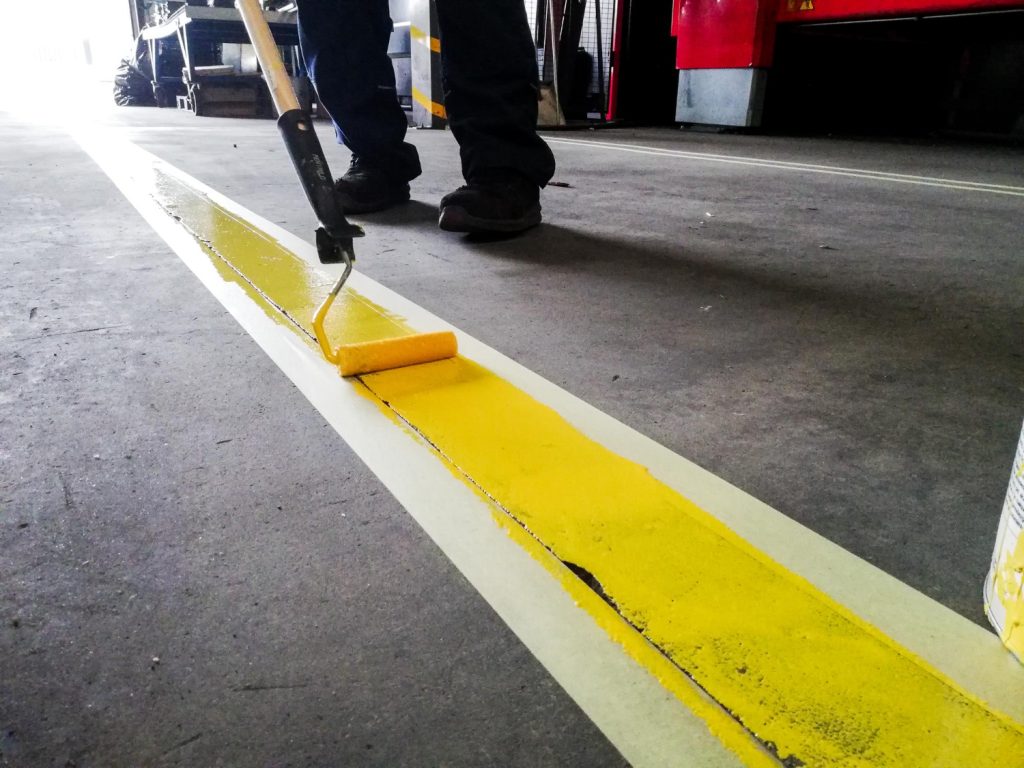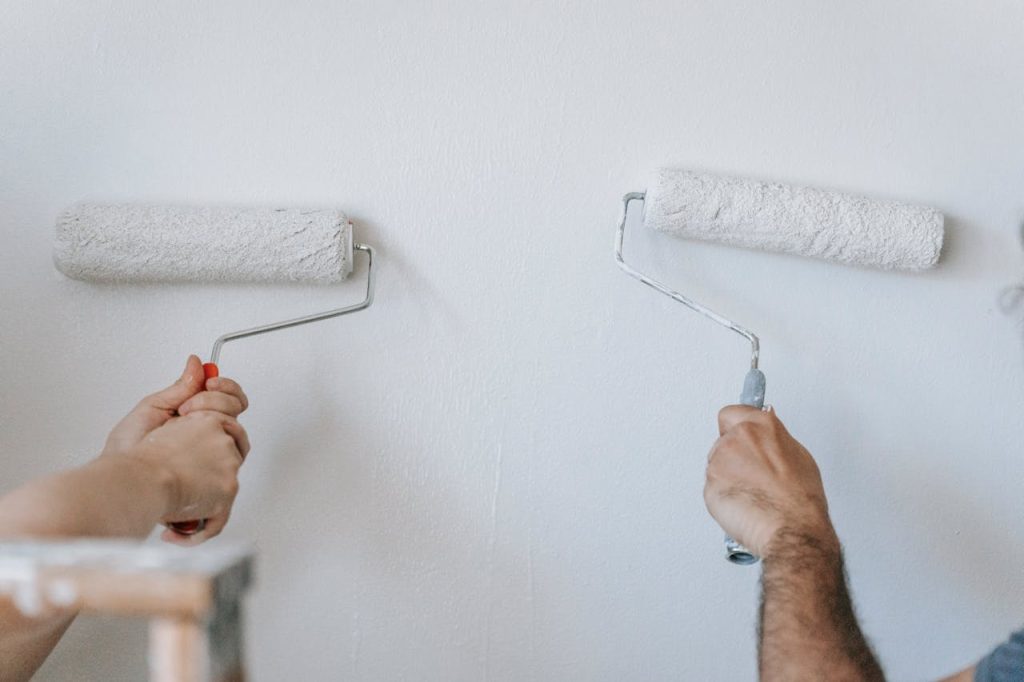Repainting government properties requires careful planning and execution. These buildings often serve as landmarks and must be maintained to a high standard. Mistakes made during repainting can lead to issues such as poor durability, increased maintenance costs, and an unprofessional appearance. It's crucial to avoid these pitfalls to ensure the longevity and aesthetic appeal of these important structures.
One of the biggest challenges in repainting government buildings is choosing the right materials and techniques. Government properties are exposed to the elements and to public scrutiny, so the paint job must remain strong and visually appealing over time. Many people overlook the importance of proper preparation and product selection, leading to subpar results.
Government properties also require minimal disruption to daily activities. Working within budget and time constraints is essential to completing the project successfully. Proper planning and attention to detail can prevent common mistakes that could otherwise lead to delays and extra costs. By understanding and avoiding these common errors, you can achieve a top-quality, long-lasting paint job that keeps government buildings looking their best.
Skipping Proper Surface Preparation
Proper surface preparation is crucial when repainting government properties. Skipping this step can lead to poor adhesion, peeling paint, and a finish that won't last. One common mistake is not cleaning the surface thoroughly. Dirt, grime, and old paint residues can prevent new paint from sticking properly. It's essential to wash the surface using a pressure washer or a suitable cleaning solution to remove any contaminants.
Another important step is repairing any damage before painting. Cracks, holes, and other imperfections should be filled and sanded smooth. Failing to address these issues can result in paint chipping or cracking soon after application. In addition, sanding glossy surfaces is necessary to create a rough texture so the new paint can adhere well. Skipping this step can cause the paint to peel off in sheets over time.
Moreover, applying a primer is vital, especially on bare surfaces or those with significant repairs. Primers help the paint bond better and provide an even base. They also block stains and prevent them from bleeding through the topcoat. Neglecting to use a primer can lead to uneven colour and a shorter lifespan for the paint job.
Choosing the Wrong Type of Paint
Selecting the correct type of paint for government properties is essential for achieving a durable and professional finish. One common mistake is choosing indoor paint for outdoor use. Interior paints are not designed to withstand harsh weather conditions and will deteriorate quickly when exposed to the elements. Always opt for exterior-grade paints specifically formulated for outdoor durability.
Another error is using the wrong finish for the surface. Different surfaces require different finishes for optimal performance. For example, a glossy finish may be more suitable for trim and doors, while a matte or satin finish works better on walls as it hides imperfections and is easier to clean. Assess the surface and choose a finish that best suits its needs.
Additionally, it's important to consider the paint's resistance to UV rays and moisture. Government buildings are often large and exposed to direct sunlight and rain. Paints with UV inhibitors and water-resistant properties will last longer and maintain their appearance. Choosing paints with these features prevents fading, chalking, and moisture damage.
Lastly, using eco-friendly paints is a wise choice for government properties. These paints have low or no volatile organic compounds (VOCs), making them safer for the environment and the people who frequent these buildings. Opt for environmentally friendly paints to promote sustainability and comply with regulations.
Ignoring Weather Conditions
Weather plays a crucial role in the success of an exterior painting project. Ignoring weather conditions can lead to a poor-quality finish and shorten the lifespan of the paint job. One common mistake is painting during extreme temperatures. If the weather is too hot, the paint can dry too quickly, leading to an uneven finish. Conversely, if it's too cold, the paint may not adhere properly and could even freeze. The ideal painting temperature is typically between 10°C and 30°C.
Another weather-related error is painting during wet or humid conditions. Moisture can prevent the paint from drying correctly and can cause bubbling or peeling. It is best to check the weather forecast and choose a dry period for painting. Allow enough drying time between coats to ensure a smooth and durable finish.
Additionally, wind can blow debris onto the wet paint, marring the surface. High winds can also cause the paint to dry unevenly, resulting in a patchy appearance. Painting on calm days can help achieve a cleaner and more professional result. Paying attention to weather conditions can make a significant difference in the quality and longevity of the paint job.
Neglecting Long-Term Maintenance
Long-term maintenance is essential for keeping government properties looking their best. One critical mistake is neglecting regular inspections and touch-ups. Small issues like cracks or chips can quickly escalate if not addressed promptly. Conducting periodic inspections allows you to catch problems early and take corrective action before they worsen.
Proper cleaning is also crucial for maintaining the paint's appearance and integrity. Dirt, grime, and pollutants can accumulate on the surface, leading to discolouration and deterioration. Regularly washing the exterior with a mild detergent and water helps preserve the paint's quality and prevents buildup that can cause damage over time.
In addition, reapplying protective coatings when necessary can enhance durability. Weather conditions and exposure can wear down protective layers, making the paint more susceptible to damage. By reapplying these coatings, you extend the life of the paint job and keep the building looking fresh.
Lastly, keeping an eye on nearby vegetation is important. Trees, bushes, and vines in contact with the painted surface can trap moisture and cause mildew or mould growth. Trimming back foliage ensures proper ventilation and reduces the risk of damage.
Conclusion
Avoiding common mistakes when repainting government properties can make a significant difference in the final results. Proper surface preparation, choosing the right type of paint, considering weather conditions, and committing to long-term maintenance are key steps to achieving a durable and attractive finish. By taking these factors into account, you can ensure that government buildings maintain their professional appearance and structural integrity.
Repainting government properties requires attention to detail and a methodical approach. Following best practices helps to avoid costly errors and extends the lifespan of the paint job. These strategies not only enhance the visual appeal but also contribute to the longevity and functionality of the buildings.
For expert assistance in repainting government properties, reach out to Nu-Vision Painting. Our experienced
Perth professional painters understand the unique challenges and requirements of these projects. Contact Nu-Vision Painting today to ensure your government property receives a professional and long-lasting paint job.
